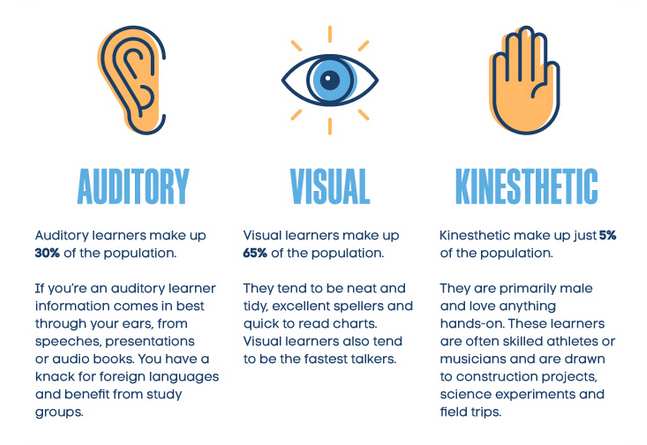Of late, I've been exposed to a number of leadership approaches - authentic leadership, adaptive leadership, growth mindset, systems thinking, etc. What they consistently shine a light on is the need for leaders to be truly 'connected' both in their relationships and in their work. Connected to a congruent, authentic Self.
It was when I came across U-Theory, developed out of MIT, led
by Otto Scharmer, that I found a model for bringing this idea of what 'connected' means to me in leadership...
The U-Theory investigates the role that we each play in solving the
three divides of our time – the divides between:
- Ourselves and ‘Self’ (spiritual divide) – increasing levels of mental illness, depression, self-medication, etc.
- Ourselves and ‘Others’ (social divided) – the widening social gaps of our time between the ‘haves’ and ‘have nots’, financial, health and education gaps that individually we don’t seek, but collectively have occurred.
- Ourselves and ‘Environment’ (eco divide) – persistent evidence of climate change, degradation of natural resources and natural disaster being caused by human development (depending on the camp you’re in about whether global warming is ‘real’ or not).
What we need to do is take an adaptive, growth mindset approach that leans into the discomfort of allowing the solution to emerge through collaborative analysis, co-creating solutions and iterative prototyping.
How Does this Relate to Leadership?
How Does this Relate to Leadership?
I’ve aligned the
three divides to the Organisation context, and the ongoing challenge of
leadership. The question I've been mulling over is...
"How do I bring the learning of U-Theory into my own practice?.."
Below are what I see as the
three divides of our time for leaders in the organisational context:
- Ourselves and ‘Self’ (spiritual divide) – the persistent mask that we wear based on fixed perceptions of what a leader ‘should be’, often in direct conflict with our authentic best Self.
- Ourselves and ‘Others’ (social divide) – the unspoken cultural hierarchies and posturing that prevent us from creating genuine trusted relationships by being truly present, inquiring with positive intent and practicing the humility of servant leadership.
- Ourselves and ‘Environment’ (eco divide) – the short-term, narrow thinking that drives attention to the minutia detail of the next deadline, instead of raising our eyes to a system view of the organisational landscape, collaborating in unexpected and innovative ways to solve adaptive problems, and creating sustainable operating environments.
What does a Connected Leader Look Like?
"Connected Leaders focus on:
Connection with Self
Connection with Others
Connection with Environment"
I’m still forming my thinking around what the solution looks
like. the graphic used in this post is how I summarise what it takes to be a 'Connected Leader'. over the next couple of posts, I’ll seek to expand on the core
ideas of Self, Others and Environment. In the meantime, if you have a view,
please comment or connect directly with me at
www.remarkablelearningsolutions.com









